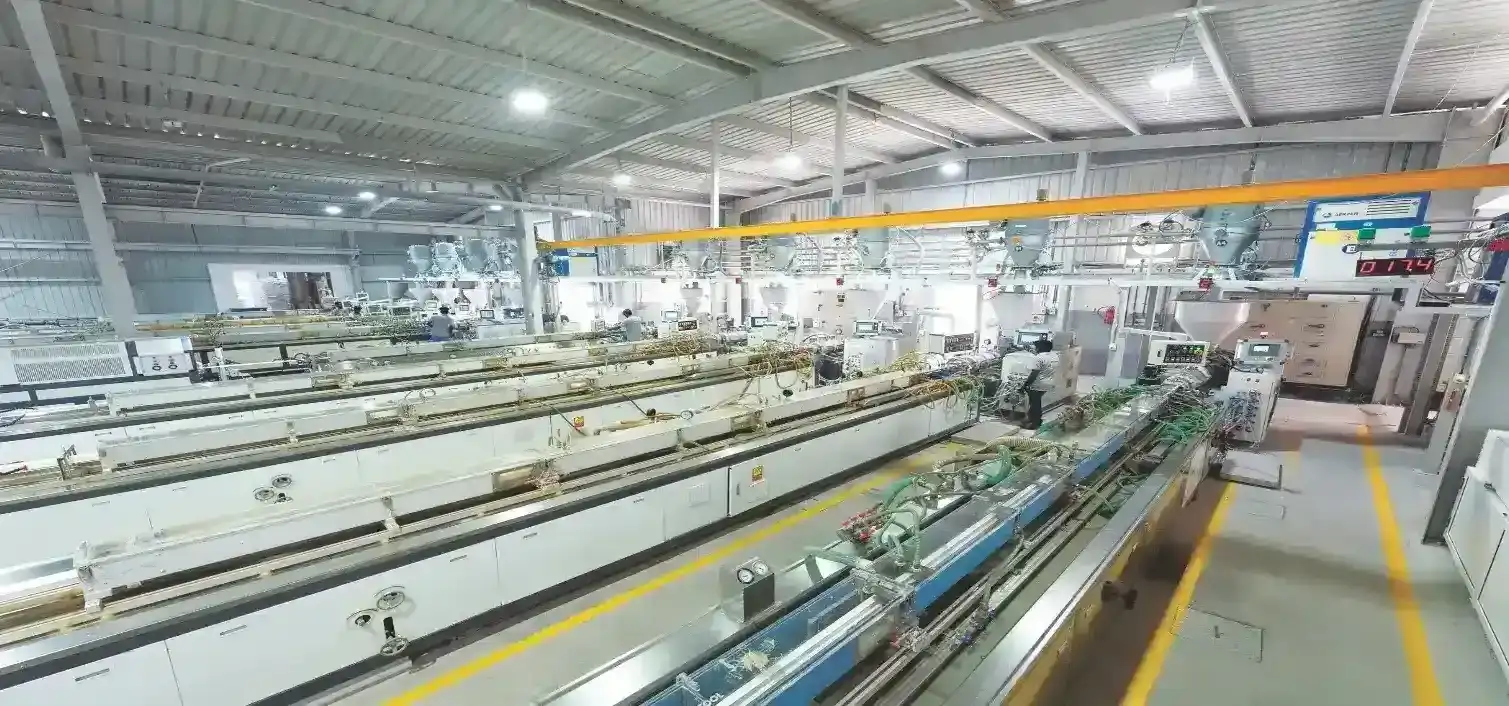Acoustic validation is a crucial process in modern architecture, infrastructure, and industrial facilities to ensure that buildings and environments meet specified sound performance standards. Sound quality affects occupant comfort, privacy, workplace productivity, and regulatory compliance. On-site acoustic validation assesses how well a structure controls noise transmission, reduces environmental noise pollution, and maintains acoustic integrity.
This article explores the importance of onsite acoustic validation, its methodologies, key areas of application, benefits, challenges, and the role of industry standards such as ASTM E966 and ASTM E336.

Importance Of On-Site Acoustic Validation
Sound control is a major consideration in urban planning, construction, and industrial operations. Unlike laboratory testing, which evaluates materials and components in controlled conditions, onsite acoustic validation measures sound behaviour in real-world scenarios. The following are key reasons why on-site acoustic validation is essential:
- Compliance with Building Codes and Regulations: Governments and industry bodies enforce noise control regulations to ensure safe and comfortable environments. Acoustic validation confirms that buildings and public spaces comply with standards such as:
- ASTM E966: Outdoor-indoor sound isolation for façades.
- ASTM E336: Airborne sound insulation between rooms.
Local noise ordinances and environmental laws.
- Ensuring Occupant Comfort and Well-Being: Excessive noise exposure can lead to stress, sleep disturbances, and reduced concentration. Acoustic validation helps ensure that residential buildings, offices, hotels, and healthcare facilities provide a comfortable and peaceful environment.
- Speech Privacy and Security: Workplaces, hospitals, hotels, and legal institutions require soundproofing to maintain confidentiality. Testing validates whether walls, doors, and partitions effectively prevent sound leakage.
- Productivity in Work Environments: In commercial and industrial settings, excessive noise can impact employee productivity and communication. Acoustic validation helps maintain optimal noise levels to enhance efficiency and safety.
- Protecting Workers from Occupational Noise Hazards: Factories, construction sites, and transportation hubs generate high noise levels that can affect workers’ health. Acoustic validation ensures compliance with occupational safety standards to minimise noise-related risks such as hearing loss.
On-Site Acoustic Validation Methods

Acoustic testing involves a series of standardized methods to assess different aspects of sound performance. The following are the primary methods used in on-site acoustic validation.
- Façade Sound Insulation Testing (ASTM E966): This test evaluates how well building façades reduce external noise transmission from traffic, construction, or industrial activity. The process includes:
- Measuring sound levels outside the façade.
- Recording sound levels inside the building.
Analyzing the difference to determine the façade’s noise reduction capability.
- Airborne Sound Insulation Testing (ASTM E336): This method assesses how effectively walls, ceilings, and floors prevent sound transmission between adjacent spaces. The procedure involves:
- Use a controlled noise source (such as pink noise) in the source room.
- Measuring sound levels in the adjacent receiving room.
Calculating the Apparent Sound Transmission Class (ASTC) to determine insulation performance.
- Impact Sound Insulation Testing: This test evaluates how well floors reduce impact noise caused by footsteps, dropped objects, or moving furniture. The process includes:
- Generating impact noise using a tapping machine.
- Measuring sound levels in the room below.
- Calculating the Impact Insulation Class (IIC) to determine soundproofing effectiveness.
- Reverberation Time Measurement: Reverberation affects speech intelligibility and acoustic quality in large spaces. This test assesses:
- The time it takes for sound to decay in a room.
- The effect of room materials on sound reflection and absorption.
- Adjustments are needed for better acoustics in offices, classrooms, theatres, and auditoriums.
- Environmental Noise Monitoring: This method measures external noise levels in urban, industrial, or transportation settings. It involves:
- Installing sound level meters to record noise over a specified period.
- Analyzing fluctuations in noise exposure.
- Developing noise mitigation strategies to minimize environmental impact.
Key Areas Requiring On-Site Acoustic Validation
- Residential and Commercial Buildings: Ensuring that walls, floors, windows, and doors effectively block unwanted noise is crucial for comfortable living and working environments. Acoustic validation helps developers meet buyer and tenant expectations for soundproof spaces.
- Healthcare and Educational Facilities: Hospitals require noise control to promote patient recovery, while schools and universities need proper acoustics for effective learning. Testing ensures compliance with acoustic design standards for these critical environments.
- Hotels and Hospitality Spaces: Guest comfort is a top hotel priority. Acoustic testing validates whether soundproofing measures in rooms, lobbies, and event spaces meet industry expectations.
- Industrial and Manufacturing Facilities: Factories and power plants generate high noise levels that must be managed to comply with workplace safety regulations. Acoustic validation assesses noise exposure and recommends mitigation measures such as sound barriers and damping materials.
- Transportation Infrastructure: Airports, railway stations, and highways are major sources of environmental noise. Onsite acoustic validation helps design effective noise barriers, insulation solutions, and urban planning strategies.
- Performance Venues and Recording Studios: Concert halls, auditoriums, and recording studios require precise acoustic conditions for high-quality sound performance. Testing ensures that reverberation, sound isolation, and absorption meet the required standards.
Benefits Of Onsite Acoustic Validation
Acoustic on-site testing can identify weak points in sound insulation and provide corrective recommendations. This will help to enhance soundproofing performance.
On-site acoustic validation helps avoid penalties and legal disputes by ensuring compliance with noise control standards.
Tested and certified acoustic solutions improve quality of life. It will reduce noise pollution, leading to healthier living and working conditions.
- Boosts Property Value and Marketability: Buildings with verified acoustic performance attract more buyers and tenants.
- Supports Sustainable Urban Development: Helps minimize environmental noise impact in growing cities.

Challenges In Onsite Acoustic Validation
Despite its benefits, on-site acoustic testing presents certain challenges:
- Variability in Environmental Conditions: Weather, background noise, and building occupancy can affect test results.
- Complexity in Large-Scale Projects: High-rise buildings and industrial sites require specialized equipment and expertise.
- Cost and Time Constraints: Comprehensive testing may involve additional expenses and project delays if issues are found.
Conclusion
On-site acoustic validation ensures compliance, comfort, and performance in various built environments. Whether for façade insulation, airborne sound transmission, or environmental noise monitoring, these assessments provide valuable insights to architects, engineers, developers, and policymakers. By prioritizing acoustic validation, stakeholders can create healthier, quieter, and more efficient spaces for people to live, work, and thrive.















